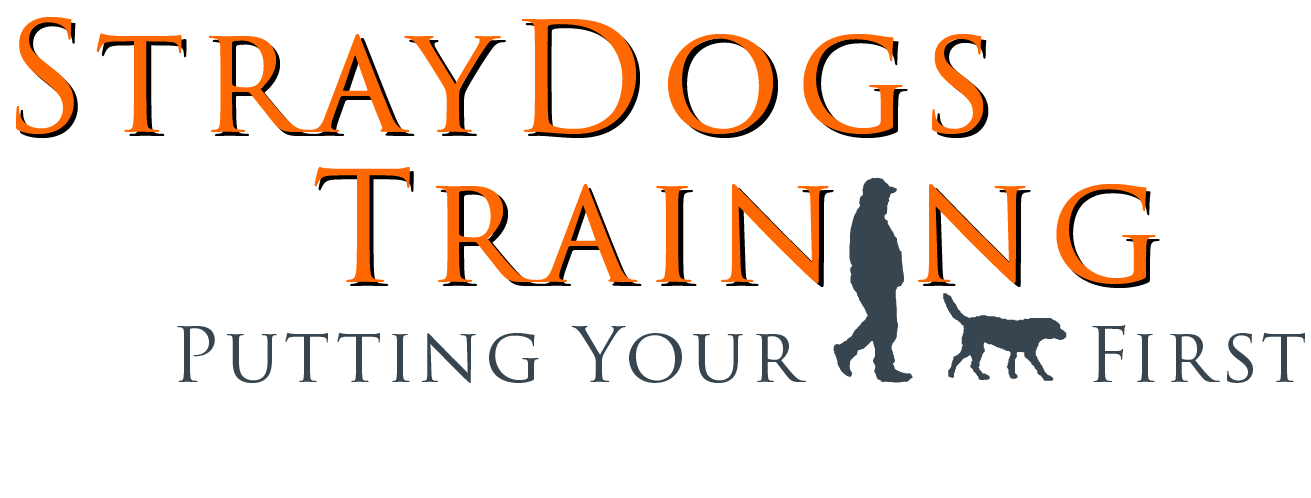Training your dog doesn’t have to be high-tech—but with the phone already in your pocket, it can be a whole lot more effective. Whether you’re working on obedience, solving a behavior issue, or just polishing up some leash manners, using your phone can be a game-changer.
From recording sessions to tracking progress and identifying patterns, here’s how you can use your phone to become a better trainer for your dog.
Why Use Your Phone for Dog Training?
Your phone is more than just a distraction during training—it’s a tool. When used with purpose, it can help you:
- Spot what’s actually happening during training (not just what you think is happening)
- Catch your dog’s subtle signals and reactions
- Improve your timing and clarity as a handler
- Stay consistent by reviewing past sessions
Most of us don’t notice our body language, tone of voice, or patterns of reinforcement until we see ourselves on video. Your phone offers a second set of eyes, and that’s something every dog trainer needs.
How to Use Video to Improve Training
Record Your Sessions
Use the camera app or a tripod to film 3–5 minute clips of your sessions. You can also prop the phone on a chair or lean it against a water bottle—no fancy setup needed.
Tips:
- Focus on one behavior per clip (like “place” or “come”)
- Make sure both you and the dog are visible
- Don’t worry about being perfect—be honest
Review and Reflect
After each session, watch the video and ask yourself:
- Was my timing good?
- Did I give the dog clear direction?
- Was my praise rewarding enough?
- Did I follow through on commands?
Most importantly—did the dog understand what I was asking?
Make Adjustments
Now that you’ve seen what happened, make small changes for your next session:
- Fix sloppy leash handling
- Simplify your commands
- Use more consistent markers
- Reinforce behaviors sooner or with better rewards
Training is about communication. When you see how you’re communicating, it’s easier to get better at it.
Other Smart Ways to Use Your Phone
Use the Timer
Set a timer for 1-2 minute reps so you stay focused and don’t overwork the dog. You can also use interval timers to practice place duration or crate training.
Take Notes or Use Voice Memos
Create a short voice memo or type a few bullet points after each session:
- What worked
- What didn’t
- What to try next
This makes it easier to track patterns, especially with challenging behaviors.
Use a Behavior Journal App
If you’re more digital than paper-based, consider using apps like:
- Google Keep
- Notion
- Evernote
- Trello (for progress tracking)
These apps let you store notes, videos, and progress updates in one place.
Common Mistakes to Avoid
- Overanalyzing everything. Focus on one issue at a time.
- Trying to film everything. A few clips a week is plenty.
- Ignoring what the dog is telling you. Don’t just look at yourself—watch the dog.
- Letting your phone become a distraction. Use it intentionally, then put it away.
Real-World Example
Let’s say you’re working on your dog’s recall, but it’s hit-or-miss. You film a few reps and realize:
- You’re saying “come” after the dog is already headed toward you
- Your body is facing the dog like a wall instead of being inviting
- You’re late with the praise or reward
Now you’ve got a plan: change your timing, adjust your posture, and deliver rewards more quickly. Next session? Improvement.
That’s how we build better habits—for dogs and humans.
Final Takeaway
You don’t need fancy tech to be a great dog trainer—but using your phone to record, review, and refine your training makes the process faster and more effective. It’s like having a coach in your pocket.
Small adjustments make big differences. Don’t underestimate the power of hitting “record.”
Ready to Take Your Training to the Next Level?
At StrayDogs Training, we help dog owners build better relationships through real-world obedience and practical tools.
👉 Check out our training programs to get personalized support and expert guidance.

